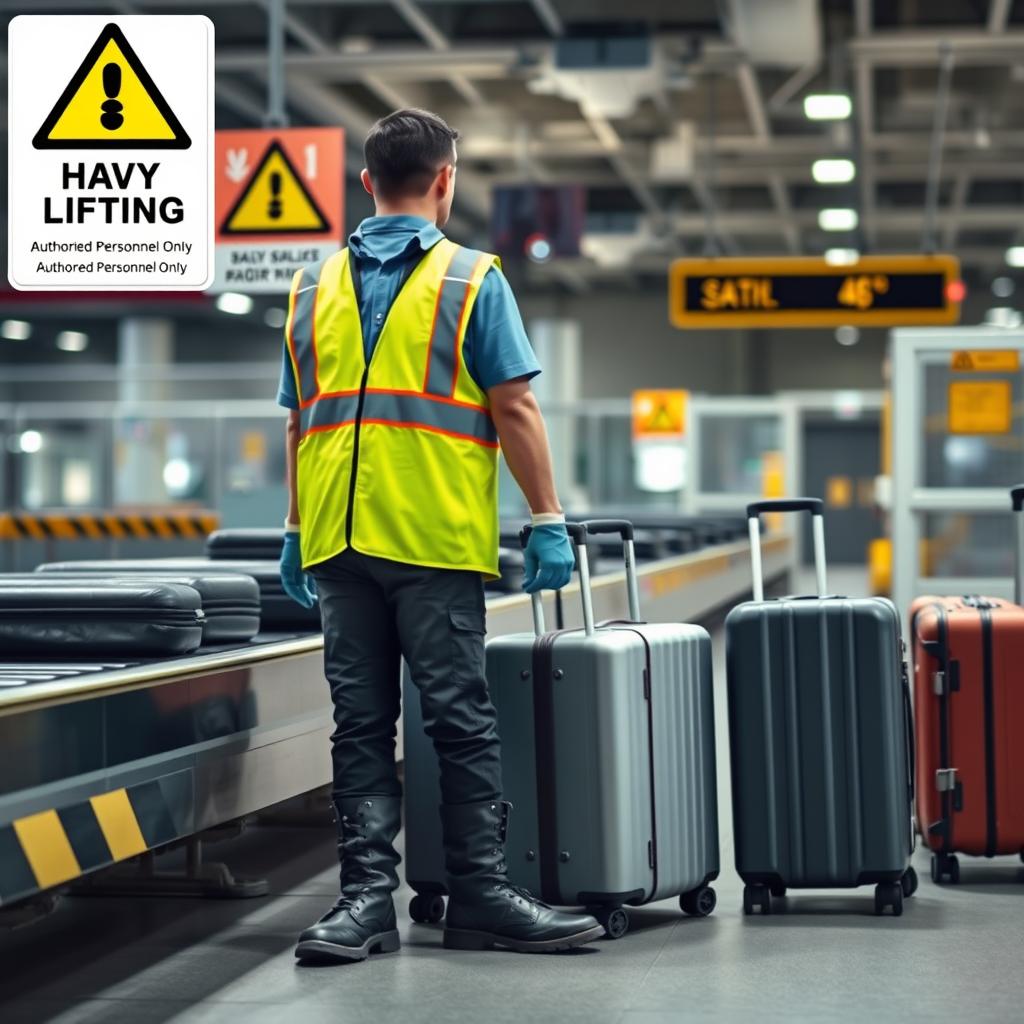Baggage handling quality and procedures vary widely by region. Global studies show Asia-Pacific airports tend to have the lowest mishandled-baggage rates. For example, SITA’s 2024 baggage report found Asia-Pacific’s mishandled bag rate at just 3.0 bags per 1,000 passengers, roughly half the global average of 6.9 per 1,000 (karryon.com.au). This success is attributed to high automation levels (RFID tracking, advanced sortation) and operational discipline in hubs like Tokyo, Singapore Changi, and Hong Kong. In Europe, mishandling rates are significantly higher (often double the world average) due to complex multi-layover connections and older infrastructure (karryon.com.au). North America is not far behind Europe in poor performance. For instance, U.S. carriers still see millions of bags delayed yearly, even after post-pandemic improvements (internationalairportreview.com)(reuters.com).
- Asia-Pacific: Many leading airports have invested heavily in state-of-the-art systems. Tokyo Narita, for example, reportedly uses RFID tagging and fully automated transfer systems to swiftly route bags to connections, resulting in exceptionally low error rateskarryon.com.au. Singapore and Hong Kong have introduced robotics (driverless baggage tugs) and digital baggage-tracking apps. Chinese mega-hubs (e.g. Beijing Daxing handling 49 million pax in 2024) employ massive conveyor networks and AI for predictive sorting. Culturally, many Asian carriers emphasize punctuality and frequent practice drills for ground crews, which improves consistency.
- Europe and the UK: Europe has strong regulations on passenger rights (e.g. EU261/2004 mandates certain compensations for lost/delayed bags up to €1,300 (europa.eu). However, many EU airports still have mid-tier tech. Congested hubs like Paris CDG or London Heathrow see higher mishandling due to tight transfer times. To address this, major airports are upgrading their baggage halls: e.g. Paris CDG unveiled an “advanced security baggage system” for the 2024 Olympics (mordorintelligence.com). Several UK airports are installing CT scanners for carry-ons (required by government) to speed checks (internationalairportreview.com). Nevertheless, continent-to-continent transfers often involve multiple carriers with different baggage IT systems, complicating tracking.
- Middle East: Airlines like Emirates, Qatar, and Etihad operate from highly modern airports (Dubai DXB, Doha DOH, Abu Dhabi AUH) that boast extensive automation. Dubai DXB in particular handles a record number of daily bags (100,000+) thanks to its purpose-built multi-terminal sorters (aerotime.aero). These hubs often feature state-of-the-art baggage handling systems (BHS) with high throughput. Staff training is rigorous, and some carriers provide travelers with detailed baggage tracking (e.g. barcode scans sent via app). On the downside, occasional security alerts in the region can disrupt operations (see “Conflict Zone Challenges” below).
- Australia & New Zealand: Australasian airports like Sydney, Melbourne, and Auckland have been modernizing their baggage systems. Brisbane and Perth recently added new CT scanners for carry-ons, and Auckland expanded its domestic BHS for a new terminal. For example, Bombardier-built robotics and scanning tech have been rolled out at key terminals. Customer service norms (e.g. friendly ground staff in Australia) often help reduce disputes. Airlines like Qantas offer online baggage trackers and generous allowances (especially for premium cabins).
- Africa: Baggage handling is uneven. Major African hubs like Johannesburg (OR Tambo), Nairobi, and Addis Ababa have seen recent investments. For instance, OR Tambo’s new Terminal 2 includes an automated BHS with RFID reader walls. Ethiopian Airlines is piloting mobile bag-tracking for its high-volume hub ADD. However, many smaller airports still rely on manual belt loaders and have higher loss rates. “Culture” also plays a role: in some countries porters may handle luggage outside security, and passenger tips are common for special handling. Data is sparse, but airlines operating African routes often supplement local deficiencies by carrying a higher number of bags on each flight (to avoid mishandling).
Despite regional differences, a global trend is the push for real-time tracking. IATA’s Resolution 753 requires airlines worldwide to track all bags at key points, raising standards everywhere (internationalairportreview.com)(mordorintelligence.com). Airports are adopting RFID and Bluetooth tracking (e.g. many now allow smart baggage tags) to give passengers and carriers better oversight (internationalairportreview.com)(mordorintelligence.com). Automation and robotics (as at London Gatwick with “Auto-DollyTugs” (internationalairportreview.com) also cross borders, slowly reducing the impact of cultural gaps on the handling process. In sum, while Asia leads with cutting-edge systems, all regions are accelerating baggage tech and training to improve consistency globally (karryon.com.au)(mordorintelligence.com).


